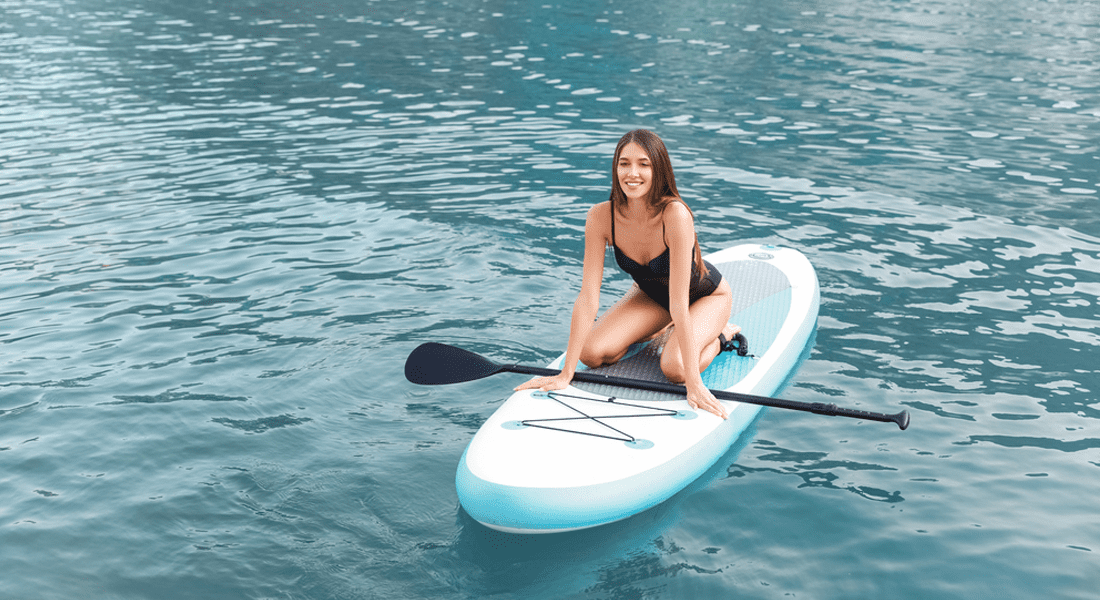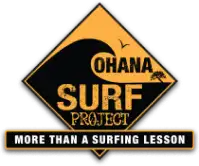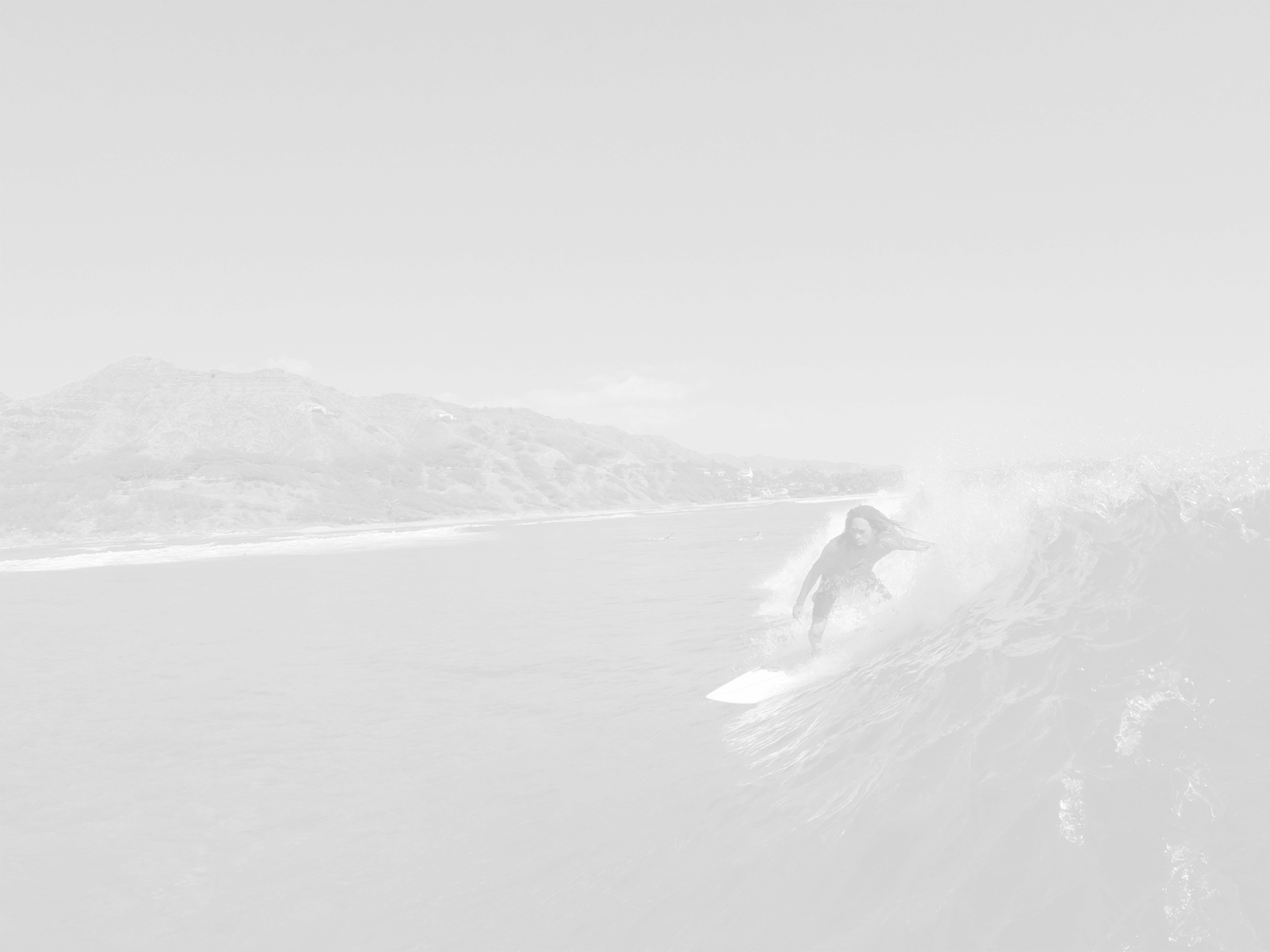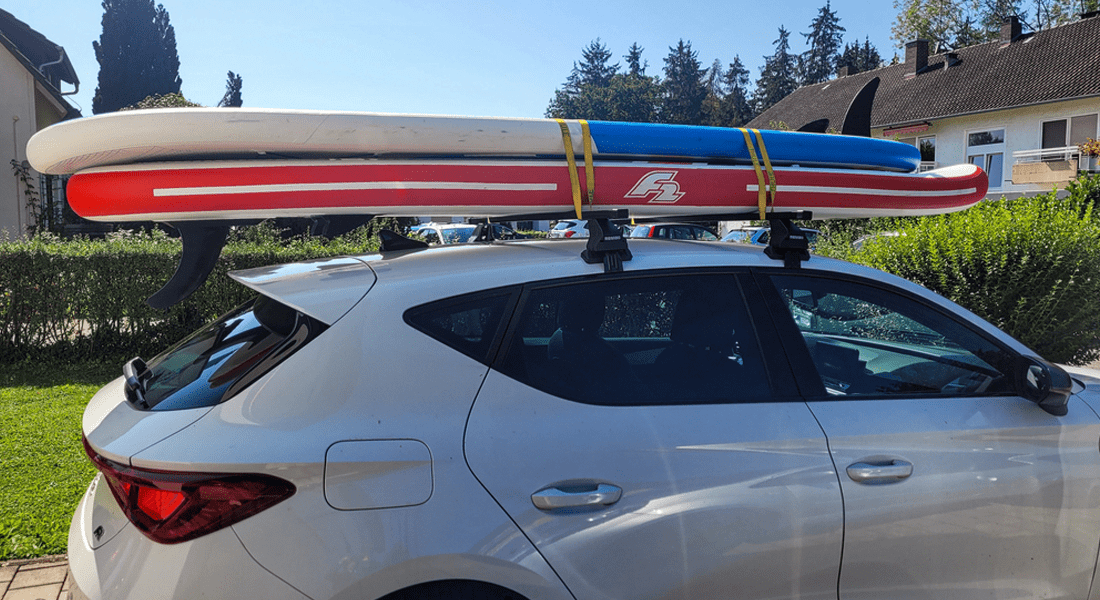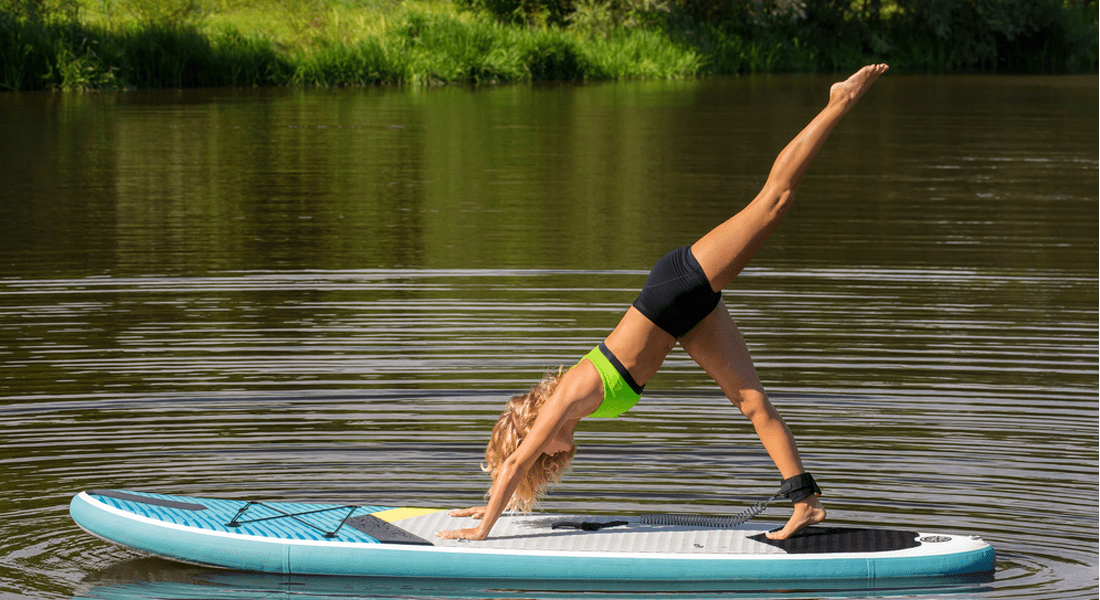Blog
Surf’s Up! Learn How To Catch A Wave With These Essential Tips
Catching a wave is perhaps the most thrilling aspect of surfing, and it's a skill that every surfer, novice or seasoned, looks to hone. Whether you're standing on a board for the first time or you're looking to refine your wave-catching technique, understanding the basics by taking
surf lessons and some nuanced strategies is key. In this article, we’ll share our top tips on
how to catch a wave effectively, enhancing your surfing experience and boosting your confidence in the water.
Understand the Ocean
Before we can master catching waves, we must understand the environment where it all happens: the ocean. Spend time observing the sea from the shore. Note how waves form, the direction they break, and how wind and tide affect them. Understanding these elements helps in predicting wave patterns and choosing the best ones to ride. Always keep in mind that the ocean is ever-changing, and part of the thrill of surfing is learning to read its subtle cues.
By watching how waves interact with different elements like sandbars, jetties, and other natural or man-made features, you can start to predict their behavior, which is essential for successful wave catching.
Choose the Right Surfboard
The choice of surfboard greatly impacts your ability to catch waves. For beginners, we recommend starting with a longer and wider board, such as a longboard or a foam board. These types of boards offer more stability and are easier to paddle, which is crucial when you're just starting to learn how to catch a wave. As you progress, you can experiment with different board sizes and styles to match your growing skills and preferences.
The right surfboard should feel comfortable under your feet and suit the type of waves you are aiming to ride. It's also important to consider the construction material and shape of the board, as these factors can affect the board's performance in various wave conditions.
Master the Paddle
Paddling is a fundamental skill in surfing that directly affects your ability to catch waves. Effective paddling requires strength, endurance, and proper technique. Ensure your hands are cupped and your strokes are deep and powerful. Position yourself on the board so that it remains level in the water, which maximizes speed and efficiency. Practice paddling regularly, as this will increase your shoulder strength and overall fitness, crucial for catching waves more effectively.
It’s also vital to maintain a consistent paddling speed and to know when to increase your efforts as the wave approaches. This skill not only helps in catching waves but also in maintaining position in the lineup, avoiding fatigue, and navigating through crowds or other obstacles in the water.
Positioning in the Lineup
Positioning yourself correctly in the lineup is essential for catching good waves. The lineup is the area where waves are most likely to break, and being in the right spot can make all the difference. You should aim to be where the waves are starting to peak but not where they’re breaking so heavily that you might get caught in the white water. Watch more experienced surfers and learn from their positioning; it’s a subtle art that combines timing, wave reading, and sometimes, a bit of assertiveness.
Also, remember to respect local surf etiquette and maintain awareness of other surfers to ensure safety and harmony in the water. Proper positioning is not only about catching waves but also about contributing to the overall flow of the lineup.
Timing Your Takeoff
Timing your takeoff is critical in surfing. You need to start paddling early enough to match the speed of the wave but not so early that you tire yourself out or miss the wave entirely. As the wave approaches, paddle with strong, consistent strokes. Look over your shoulder to gauge the wave's progress and adjust your speed accordingly. The moment you feel the wave’s power boosting you forward, it’s time to pop up.
Anticipating the right moment to rise to your feet is crucial and often comes from experience and intuition. The better your timing, the smoother your initial ride will be, allowing you to maximize your speed and control from the outset.
The Pop-Up Technique
The pop-up is the swift motion from paddling position to standing on the board. This movement should be quick and fluid. Practice on the beach or at home to make the motion second nature. Start by lying flat on your board with your hands placed beside your chest. Push your body up with your arms while sliding your feet under your body, eventually standing up in one smooth motion.
Balance and stance are key here; ensure your feet are positioned correctly on the board for optimal control. A good pop-up sets the foundation for a successful ride, as it affects your balance, speed, and maneuverability right from the start. Frequent practice will help solidify this crucial skill.
Managing the Wave
Once you’re up and riding, managing the wave becomes the next challenge. Your stance should be firm yet flexible, allowing you to adjust your weight and balance as the wave dictates. Keep your knees bent and your body low if the wave is strong or unpredictable. Look in the direction you want to go, not at your feet. Use your arms to help balance and direct your movements, and always be ready to adjust your stance as you ride.
Practice and Patience
As with any skill, learning how to catch a wave requires practice and patience. No two waves are the same, so every wave you attempt to ride teaches you something new about the sea and your skills and limits. Celebrate your successes, learn from your mistakes, and don't get discouraged by setbacks. Surfing is a lifelong journey, and each day in the water is an opportunity to improve and enjoy.
Catching waves successfully is a hallmark of great surfing. By following these tips and spending ample time practicing, you’ll find that each session in the water brings you closer to becoming the surfer you aspire to be. Remember, we’re here to guide you through your surfing journey, providing the support and expertise you need to excel.
At Ohana Surf Project, we are dedicated to helping you achieve your surfing goals. Whether you’re a beginner looking to catch your first wave or an experienced surfer aiming to refine your techniques, our expert instructors offer personalized lessons in a safe and supportive environment. We provide private, semi-private, and group settings, ensuring that every lesson is tailored to your needs and progress.
Contact us today and let us be part of your surfing journey. Together, we’ll make sure you have fun and improve with every wave you catch!
